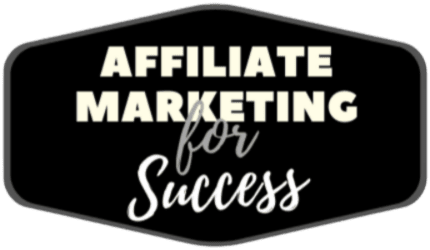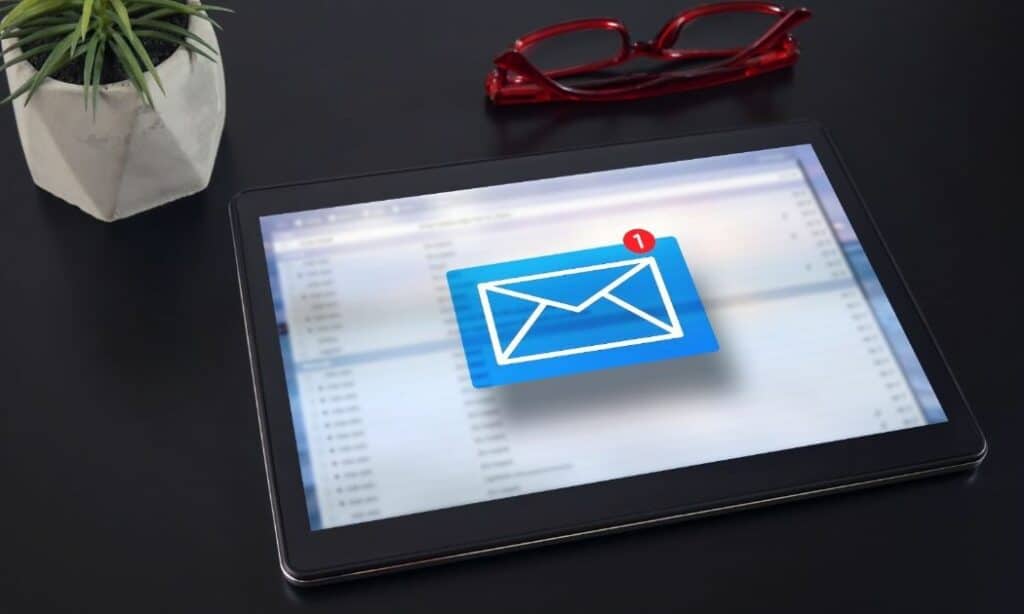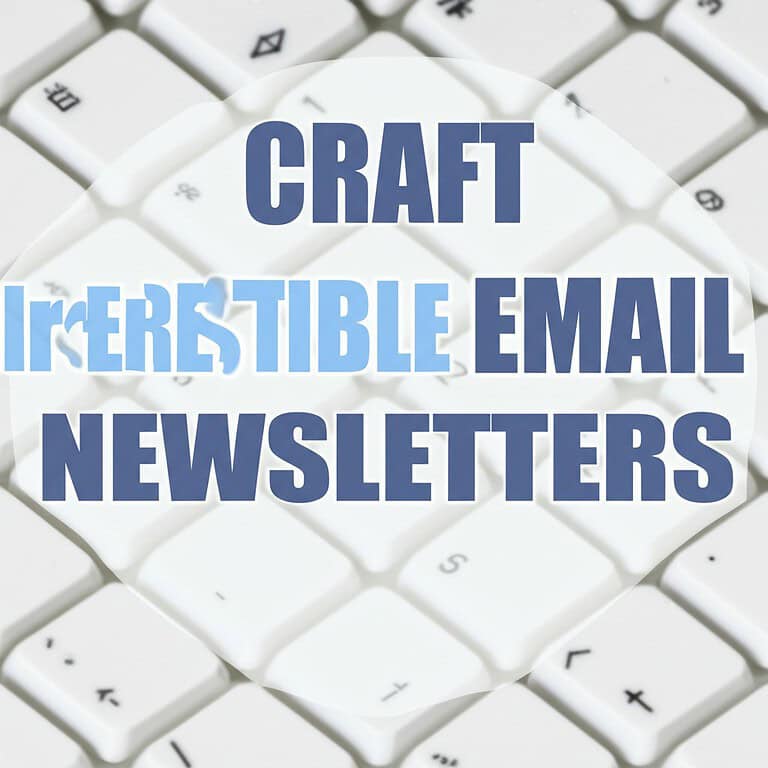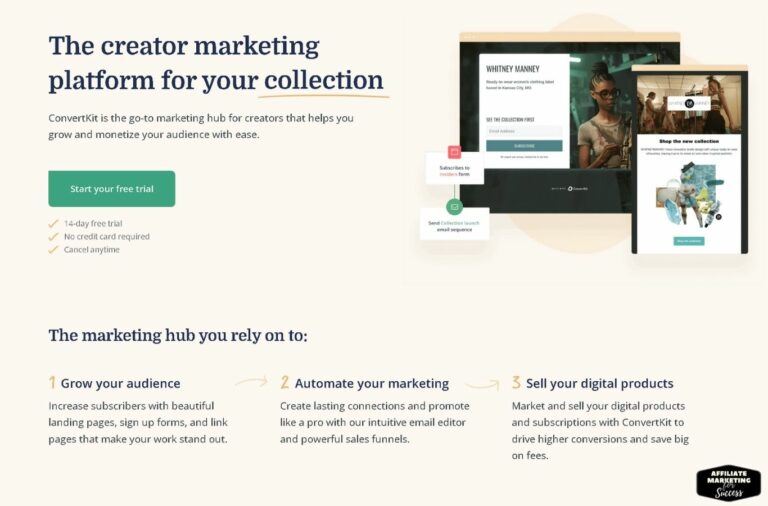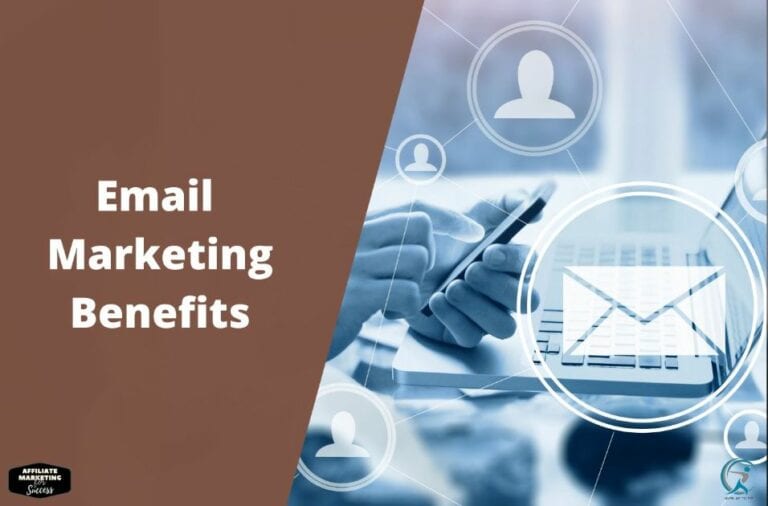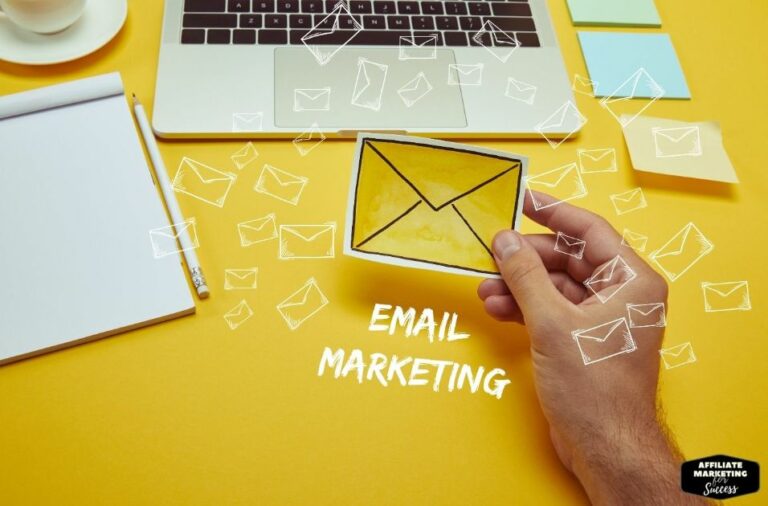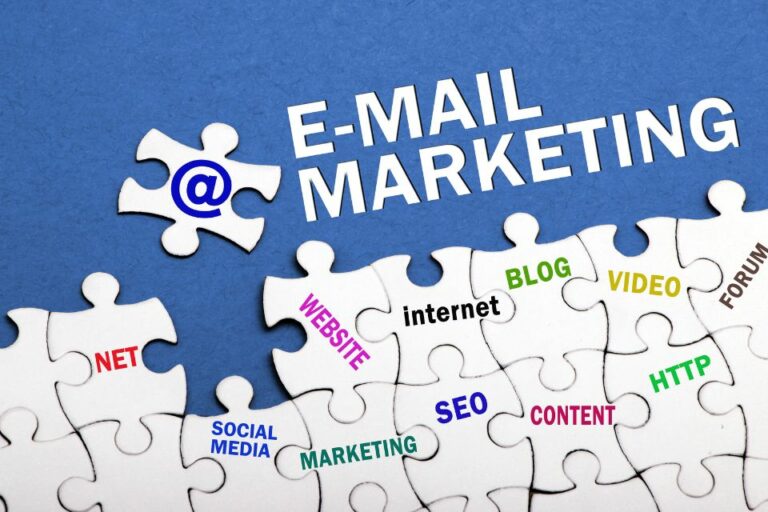Ultimate 2026 Email Marketing Guide: 7 Proven Steps to Dominate
AFFILIATE MARKETING IN 2026: PROVEN EMAIL STRATEGIES & TIPS PROTOCOL: ACTIVE
ID: REF-2025-EDF96Conclusions built strictly upon verifiable data and validated research.
Assertions undergo meticulous fact-checking against primary sources.
Delivering clear, impartial, and practical insights for application.
How do you start email marketing? You build a permission-based list, choose a platform like Mailchimp or ConvertKit, and send targeted, valuable content. The average ROI is $42 for every $1 spent.
If you’re not using email, you’re missing the most direct and profitable marketing channel available. This guide shows you how to build, automate, and scale a system that drives sales in 2026.
🔑 Key Takeaways
- $42 ROI: Email marketing delivers an average return of $42 for every $1 spent.
- List Quality > Size: A 1,000-person engaged list outperforms a 10,000-person cold list.
- Automation is Mandatory: Use platforms like ActiveCampaign to send triggered welcome, cart abandonment, and nurture sequences.
- Segment Everything: Split your list by behavior (clicks, purchases) to boost open rates by over 25%.
- Compliance is Critical: Adhere to GDPR and CAN-SPAM laws. Always include an unsubscribe link.
- Test Subject Lines: A/B test subject lines; a 10% improvement can double your revenue.
What is Email Marketing?
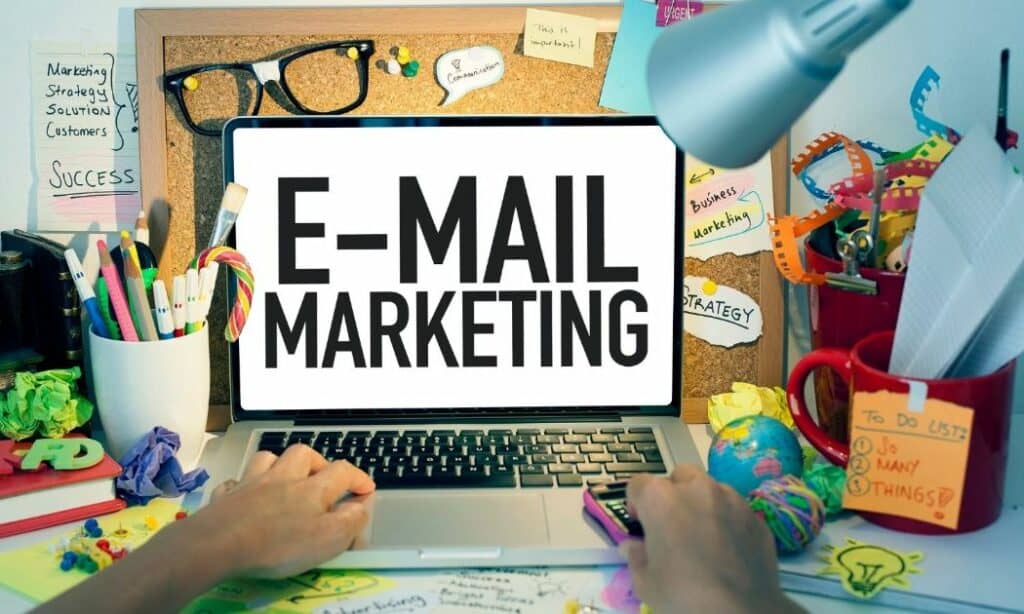
Email marketing is a direct digital marketing channel. Businesses use it to promote products, nurture leads, and build customer loyalty through targeted email campaigns.
It’s not just blasting promotions. It’s a strategic system for communication. Effective email marketing provides consistent value, turning subscribers into customers and advocates.
Why is Email Marketing Important in 2026?
- Unmatched ROI: The 4200% average ROI remains the highest of any marketing channel.
- Owned Audience: Unlike social media algorithms, you control access to your email list.
- Hyper-Personalization: Advanced segmentation in tools like Klaviyo allows for one-to-one messaging at scale.
- Full-Funnel Strategy: Email guides users from awareness (newsletters) to purchase (promotional campaigns) to retention (loyalty programs).
Building Your Email List
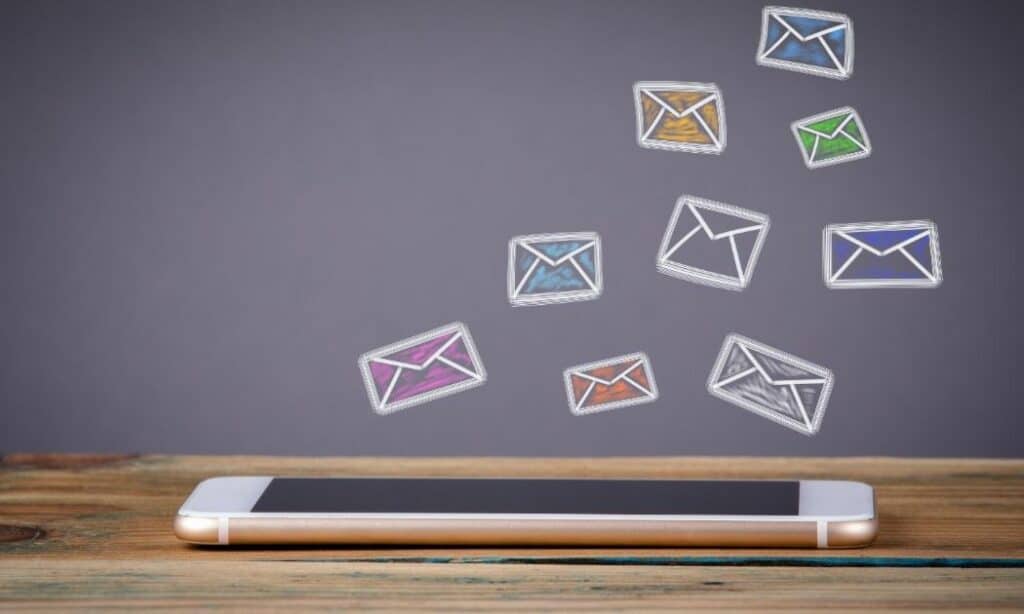
Your email list is your most valuable digital asset. Building it with engaged, opted-in subscribers is the first critical step.
How to Build an Email List
- Optimized Sign-Up Forms: Use tools like OptinMonster for pop-ups, embedded forms, and slide-ins on high-traffic pages.
- High-Value Lead Magnets: Offer exclusive content (e.g., a mini-course, template, or cheat sheet) in exchange for an email address.
- Social Media Integration: Run lead generation ads on Meta platforms or LinkedIn directing users to a sign-up page.
- Webinar & Event Registration: Use platforms like WebinarJam to capture emails from attendees.
Tips for Growing a Quality List
- Set Clear Expectations: Use a double opt-in and state email frequency/content type upfront.
- Reduce Friction: Ask for only an email and name initially.
- Offer Immediate Value: Deliver the lead magnet instantly via an automation in your email service provider (ESP).
Crafting Effective Email Marketing Campaigns
An email marketing campaign is a coordinated series of emails with a specific goal, such as launching a product or re-engaging lapsed users.
Types of Email Marketing Campaigns
1. Welcome Emails
This is your first impression. A welcome email series sets the tone and delivers immediate value.
- Introduce Your Brand: Share your mission and story.
- Deliver Promised Value: Immediately provide the lead magnet or discount.
- Guide Next Steps: Include a clear call-to-action (CTA), like following you on social media or browsing bestsellers.
2. Promotional Emails
These campaigns drive sales. They announce new products, sales, or special offers.
- Create Scarcity: Use countdown timers for flash sales.
- Segment for Relevance: Send product promotions based on past purchase history.
- Leverage Social Proof: Include customer reviews and testimonials.
3. Transactional Emails
Automated emails triggered by user actions. They have high open rates and build trust.
- Order & Shipping Confirmations
- Password Resets & Account Updates
- Receipts and Invoices
4. Nurturing Emails (Drip Campaigns)
These automated sequences educate and build relationships with leads over time, moving them toward a purchase.
- Educational Content: Share blog posts, how-to guides, and case studies.
- Problem-Agitate-Solve: Identify a pain point, amplify it, and present your solution.
- Progressive Profiling: Ask for more information (like company size) in later emails to improve segmentation.
5. Survey & Feedback Emails
Gather data to improve your product and customer experience.
- Net Promoter Score (NPS) Surveys
- Post-Purchase Satisfaction Surveys
6. Newsletter Emails
Regular content updates that keep your brand top-of-mind and provide consistent value.
- Curated Industry News
- Latest Blog Posts & Videos
- Company Updates & Events
Table: Types of Marketing Emails
| Email Type | Purpose | Benefit |
|---|---|---|
| Welcome Emails | Welcome new subscribers! | Build initial connection |
| Promotional Emails | Promote offers and sales | Drive immediate action |
| Transactional Emails | Confirm transactions | Provide essential info |
| Nurturing Emails | Educate and engage | Develop relationships |
| Survey Emails | Collect feedback | Improve products/services |
| Newsletter Emails | Share updates and content | Maintain regular contact |
Personalization and Segmentation
Generic blasts are dead. Personalization and email segmentation are non-negotiable for 2026. They increase relevance, which boosts all key metrics.
Personalization
- Dynamic Content: Use merge tags to insert the subscriber’s first name, location, or last purchased item.
- Behavioral Triggers: Send product recommendations based on browsing history (e.g., “You viewed this…”).
- Lifecycle Stage: Tailor messaging for new subscribers vs. loyal customers.
Segmentation
Divide your list into smaller groups based on shared characteristics.
- Demographics: Age, job title, geographic location.
- Engagement Level: Active subscribers (opened last 30 days) vs. inactive (no opens in 90 days).
- Purchase Behavior: High-ticket buyers, frequent purchasers, category interests.
Benefits of Personalization and Segmentation
- Higher Open & Click Rates: Segmented campaigns see up to a 25% higher open rate.
- Increased Revenue: Personalized emails drive 6x higher transaction rates.
- Reduced Unsubscribes: Relevant content keeps subscribers engaged longer.
Automation in Email Marketing
Marketing automation uses software to send targeted emails automatically based on user behavior or schedules. It’s the engine of modern email marketing.
What is Email Automation?
Pre-set workflows that trigger emails. Examples include:
- Welcome Series: A 3-5 email sequence delivered after sign-up.
- Abandoned Cart Series: Remind users of items left in their cart (e.g., at 1 hour, 24 hours, 72 hours).
- Re-engagement Campaign: Target inactive subscribers with a special offer or a simple “We miss you” email.
Benefits of Email Automation
- Saves Time & Scales Effort: One-time setup delivers continuous value.
- Improves Timing: Sends emails at the exact moment of user intent (e.g., after cart abandonment).
- Enhances Lead Nurturing: Automatically moves leads down the sales funnel without manual intervention.
Popular Email Marketing Tools for 2026
- All-in-One Platforms: GetResponse, HubSpot (combine email, CRM, landing pages).
- E-commerce Focused: Klaviyo, Omnisend (deep integration with Shopify, advanced product recommendations).
- Creator & Small Business: ConvertKit, MailerLite (excellent for bloggers and simple automation).
Crafting Compelling Email Content
Great content gets opened, read, and acted upon. Every element must serve the goal.
Tips for Effective Email Marketing Content
- Subject Line is Prime Real Estate: Be clear, create curiosity, or state a benefit. Use emojis sparingly.
- Strong, Singular CTA: One primary button per email. Use action-oriented text like “Get Your Guide” or “Shop the Sale.”
- Mobile-Optimized Design: Over 60% of emails are opened on mobile. Use single-column layouts and large fonts.
- Scannable Copy: Use short paragraphs, subheadings, and bullet points. Get to the point quickly.
Table: Elements of a Successful Email Campaign
| Element | Description | Example |
|---|---|---|
| Subject Line | Grabs attention | “Don’t Miss Our Big Sale! “ |
| Personalization | Makes it personal | “Hi , we’ve got news!” |
| Content | Provides value | Tips, offers, updates |
| CTA | Encourages action | “Shop Now”, “Learn More.” |
| Sign-Off | Ends on a friendly note | “Cheers, The Team” |
The Importance of Email Subject Lines
The subject line is your gatekeeper. It determines your email open rate. A poor subject line wastes perfect content.
Best practices for 2026:
- Keep it Short (under 50 characters) for mobile inboxes.
- Test Urgency vs. Curiosity: “Your 24-hour discount is live” vs. “The strategy we used to gain 500 subscribers.”
- Avoid Spam Triggers: Words like “FREE,” “Guaranteed,” and excessive punctuation hurt deliverability.
- Use tools like our Email Subject Line Generator or the built-in A/B testing in platforms like Mailchimp to find what works for your audience.
Best Practices for Email Marketing
Follow these rules to maintain sender reputation, ensure compliance, and maximize results.
Do’s
- Use Permission-Based Lists Only: Never buy lists. It violates laws and destroys deliverability.
- Authenticate Your Domain (SPF, DKIM, DMARC): This is technical but critical. It tells inbox providers you’re a legitimate sender.
- Clean Your List Quarterly: Remove hard bounces and consistently inactive subscribers to improve metrics.
- Provide a Clear Unsubscribe Link: It’s legally required and protects your sender reputation.
Don’ts
- Don’t Use “No-Reply” Sender Addresses: Use a real address (e.g., [email protected]) to encourage replies and improve engagement.
- Avoid Image-Only Emails: Many email clients block images by default. Always have descriptive alt text.
- Don’t Ignore Analytics: Regularly review campaign reports to understand what resonates.
Ensuring Email Deliverability
Email deliverability is the measure of your emails successfully reaching the inbox (not spam or promotions folder).
- Maintain a Good Sender Score: Monitor your score via tools like SenderScore.org.
- Manage Engagement: ISPs (Gmail, Outlook) prioritize emails that users regularly open and click. Low engagement sends you to spam.
- Use a Reputable ESP: Providers like SendGrid and Amazon SES maintain strong relationships with ISPs.
Measuring Success
Data drives improvement. Track these email marketing metrics to refine your strategy.
Key Metrics
- Open Rate: Percentage of recipients who opened. Industry average is ~20%. Aim higher with segmentation.
- Click-Through Rate (CTR): Percentage who clicked a link. More important than opens; indicates content engagement.
- Conversion Rate: Percentage who completed the desired action (purchase, sign-up). The ultimate success metric.
- Bounce Rate: Percentage of emails that couldn’t be delivered. Keep this below 2%.
- Unsubscribe Rate: A sudden spike indicates irrelevant content or too-frequent sending.
Table: Email Marketing Metrics
| Metric | Good Benchmark | Why It Matters |
|---|---|---|
| Open Rate | 15% – 25% | Measures subject line effectiveness |
| CTR | 2% – 5% | Gauges content engagement |
| Conversion Rate | 2% – 5% | Indicates campaign success |
| Unsubscribe Rate | Below 1% | Reflects audience satisfaction |
Legal Considerations
Non-compliance leads to massive fines and destroyed reputation. Know the laws.
Compliance to Laws
- CAN-SPAM Act (U.S.): Requires a clear “From” line, non-deceptive subject line, your physical postal address, and a clear opt-out mechanism.
- GDPR (EU/UK): Requires explicit, informed consent before adding someone to a list. You must be able to prove how and when consent was given.
- CASL (Canada): Similar to GDPR, requiring express or implied consent and clear identification of the sender.
- Universal Rule: Always include a one-click unsubscribe link that works immediately.
Enhancing Customer Loyalty
Email is the best channel for retention. Loyal customers are more profitable.
Strategies for Customer Loyalty
- Post-Purchase Sequences: Send thank-you emails, request reviews, and provide usage tips.
- Exclusive Loyalty Programs: Offer points, early access, or members-only sales via email.
- Replenishment Reminders: For consumable products, send automated reminders to reorder.
Integrating Email with Other Marketing Channels
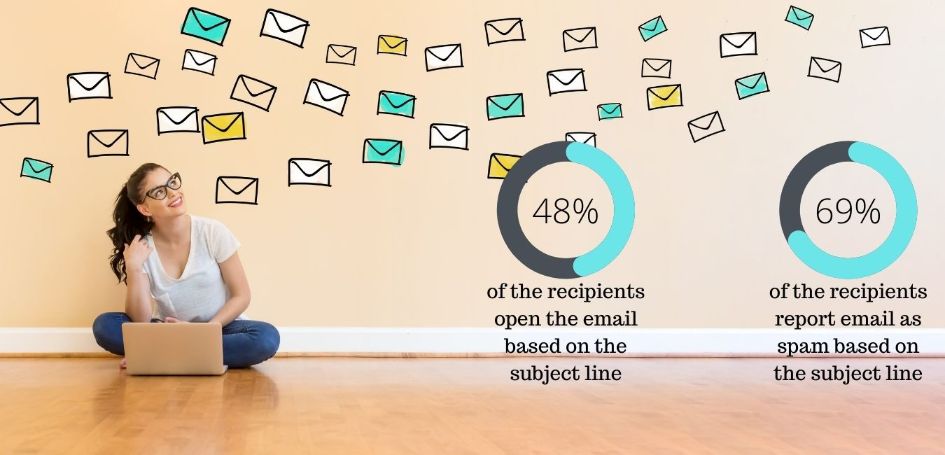
Email shouldn’t exist in a silo. Integrate it for a cohesive omnichannel strategy.
- Social Media: Share newsletter sign-up links on your profiles. Run retargeting ads on Facebook to your email list.
- Content Marketing: Use email to distribute your latest blog post, YouTube video, or podcast episode.
- SMS Marketing: Use platforms like Attentive to sync email and SMS lists for urgent alerts or flash sales.
Common Email Marketing Tools
The right tool makes execution efficient. Choose based on your business size and needs.
Popular Options for 2026
- Mailchimp: User-friendly for beginners, good basic automation and templates.
- Constant Contact: Excellent for event marketing and simple email newsletters.
- Brevo (formerly SendinBlue): Strong marketing automation and SMS features at a competitive price.
- HubSpot: Powerful all-in-one CRM suite with advanced email automation, lead scoring, and analytics.
Features to Look For
- Visual Automation Builder: Drag-and-drop workflow creation.
- Advanced Segmentation: Ability to segment by any contact property or behavior.
- In-depth Analytics: Revenue attribution, heatmaps, and granular campaign reporting.
- Template Library & Editor: Responsive, customizable templates that require no coding.
Overcoming Common Challenges
Anticipate and solve these frequent problems.
Common Issues & Solutions
- Low Engagement: Solution: Re-permission your list. Send a “Do you want to stay?” email. Clean out non-responders.
- High Bounce Rates: Solution: Implement a double opt-in process. Regularly clean your list. Verify new emails with a tool like NeverBounce.
- Emails Going to Spam: Solution: Authenticate your domain. Warm up new IP addresses gradually. Avoid spam-trigger words.
Conclusion
Email marketing in 2026 is about precision, automation, and value. The core formula remains: build a quality list, segment it deeply, and communicate with relevant, automated campaigns.
Start now. Choose an ESP like ConvertKit or GetResponse. Create a lead magnet. Build a simple welcome automation. Track your open and click-through rates. Iterate based on data.
Your inbox is a revenue channel. Treat it with strategy.
❓ Frequently Asked Questions
What is a good email open rate in 2026?
A good open rate varies by industry, but the average is around 20-25%. Segmented, targeted lists can achieve 30%+. Focus on improving your own rate over time through better subject lines and list hygiene.
How often should I send marketing emails?
There’s no universal rule. Start with once a week. Monitor your unsubscribe and engagement rates. For newsletters, weekly is common. For promotional or automated sequences, frequency is dictated by the user’s action (e.g., cart abandonment).
Is it worth paying for an email marketing service?
Yes. Free plans are limited. Paid services like Klaviyo or ActiveCampaign provide essential features: automation, segmentation, analytics, and reliable deliverability. The ROI from proper tools far outweighs the cost.
How do I avoid my emails being marked as spam?
Use permission-based lists, authenticate your domain (SPF/DKIM), avoid spammy words (“free,” “act now”), maintain consistent sending volume, and regularly clean inactive subscribers from your list.
What’s the difference between an ESP and marketing automation?
An Email Service Provider (ESP) like MailerLite focuses on sending bulk emails. Marketing automation platforms like HubSpot include ESP features but add complex behavioral triggers, lead scoring, and multi-channel campaign management.
References
- DMA Email Marketing Benchmarking Report 2026
- Litmus State of Email 2026
- FTC: CAN-SPAM Act Compliance Guide
- Official GDPR Text
- SenderScore – Email Reputation Monitoring
- Campaign Monitor: Email Marketing Best Practices
You’ve got the strategy. Now, execute your first campaign. Choose a platform:
- GetResponse
- AWeber
- ConvertKit
Step 1: Craft a killer subject line. This is your first impression, so make it count and grab their attention!
Step 2: Write your message. Keep it concise and impactful.
Step 3: Design your template. This is where you bring it all together—text, images, and even videos or audio clips if you like.
Ready to start? Let’s make your emails unforgettable!
Helpful Resources
- Understanding Email Marketing: A Comprehensive Guide
- Proven Ways to Grow Your Email List
- Craft Irresistible Email Newsletters
- Email Marketing Benefits
- How to Succeed in Email Marketing
- Effective Email Marketing Strategies
- GetResponse vs Mailchimp Comparison
- Email Marketing Template Generator
Alexios Papaioannou
I’m Alexios Papaioannou, an experienced affiliate marketer and content creator. With a decade of expertise, I excel in crafting engaging blog posts to boost your brand. My love for running fuels my creativity. Let’s create exceptional content together!
